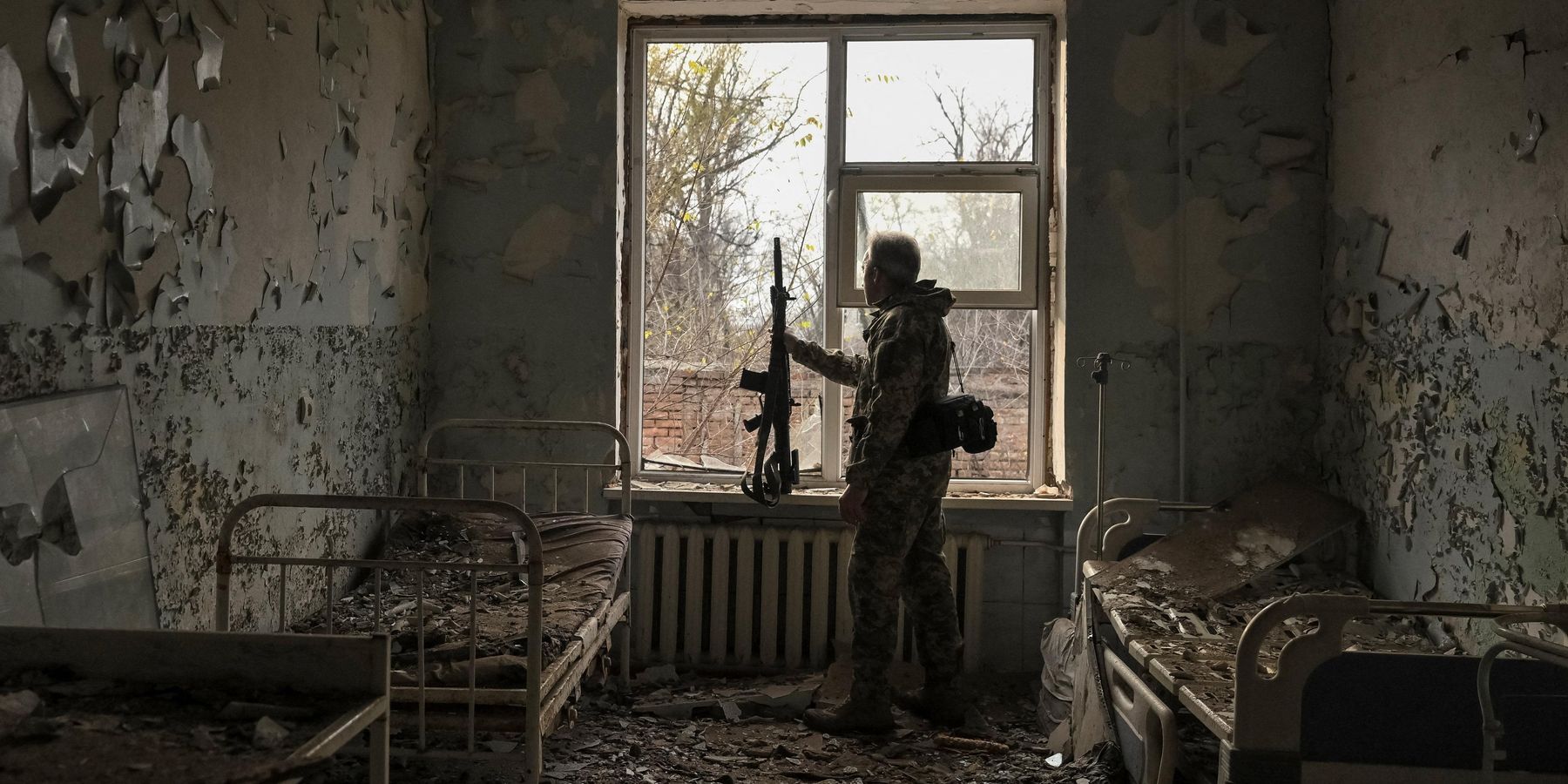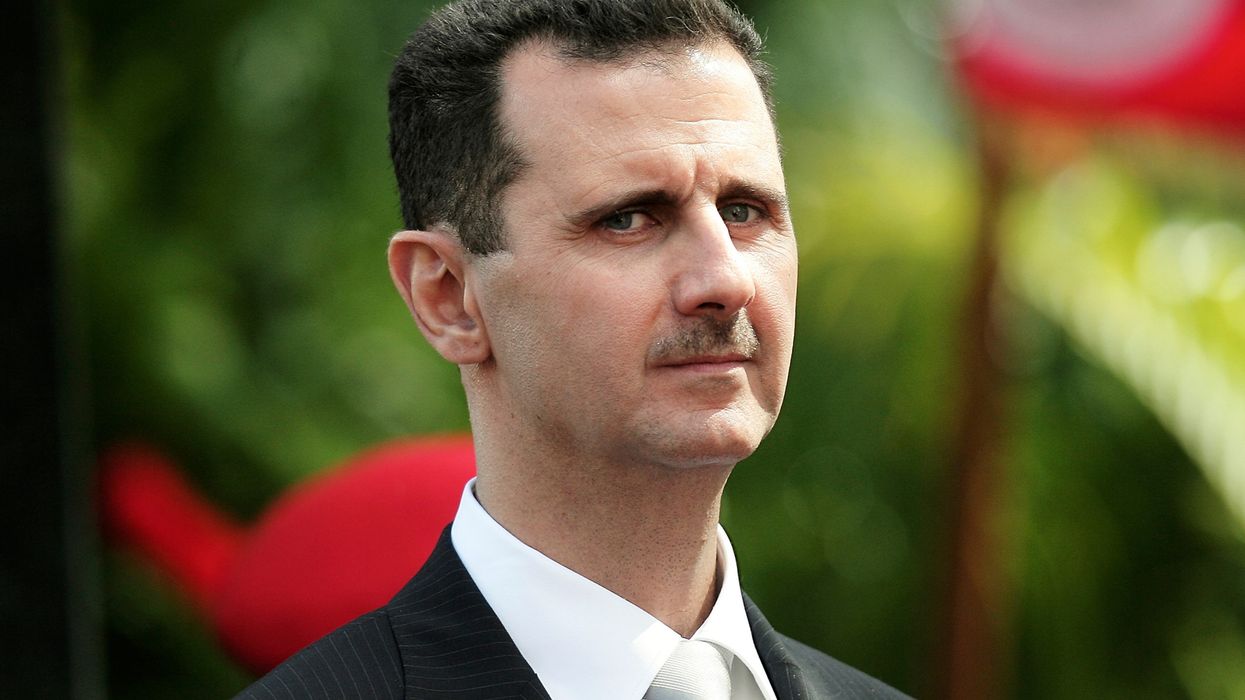Efforts to find a diplomatic solution to the Ukraine war have followed a dizzying course over the last few months. After an optimistic period around the August Trump-Putin summit in Alaska, the Trump administration, frustrated by the inability to gain an immediate ceasefire, turned back to intensified sanctions and military threats.
Now the U.S. has advanced a new 28-point peace plan and accompanying security guarantees for Ukraine from the U.S. and Europe. Although Russia has not explicitly endorsed the draft, the fact that Russian negotiator Kirill Dimitriev leaked its contents to American media suggests a high degree of Russian acquiescence to the plan. If accepted by Ukraine as well, the plan would pave the way to an immediate ceasefire and long-term settlement of the conflict.
The U.S. move to craft a detailed peace plan recognizes a core reality of the situation, which is the indispensable role of U.S. diplomatic initiative and leadership in ending the war. The Ukraine war represents a multi-domain security conflict between the U.S.-led West and Russia. Thus, many of the security drivers of the conflict cannot be addressed by Ukraine alone. Given that the Russians have the upper hand on the battlefield, they were never likely to agree to a cease-fire without assurances that their core security needs would be addressed along with those of Ukraine.
Not only does this plan do that, it represents the use of U.S. diplomatic leverage to extract major concessions from Russia that support lasting Ukrainian security and independence. Indeed — although it is hardly likely to be described this way in most of the U.S. and European press — it would be fair to describe this plan as a U.S.-mediated victory for Ukraine and for global stability in this long and brutal war. A successful implementation would create a secure and firmly Western-aligned Ukraine on some 80 percent of its 1991 territory.
Russian concessions begin with the core issue that triggered the beginning of the Russia-Ukraine conflict in 2014, namely Ukrainian accession to the European Union. The plan specifies that Ukraine is eligible for EU membership and will receive preferential access to European markets while under consideration. This conclusively signals Ukraine’s political and economic alignment with the West, while still respecting Russian security concerns about NATO. It was precisely the dispute over this issue that triggered the 2014 Maidan uprising, and Russia has now conceded it.
Russian concessions continue in the area of Ukrainian security. During the 2022 Istanbul negotiations in the opening phases of the war, Russia demanded that the Ukrainian military be limited to some 80,000 troops — a number far inadequate to defend against Russian aggression. In those same negotiations Ukraine itself called for a standing army of a quarter of a million troops. Now, the current 28 point plan permits Ukraine a standing army of 600,000 troops, more than twice the level Ukraine itself asked for in the 2022 negotiations and almost eight times the Russian demand.
While this is below the current wartime size of the Ukrainian active duty military, which is over 700,000 troops, that level is almost certainly not sustainable in peacetime. A Ukrainian army of 600,000 troops would be by far the largest military in Europe (outside of Russia). Indeed, it would be larger than the British, French, and German armies combined. Ukraine’s military power would be further bolstered by a separate security guarantee of U.S. and European intervention and support in the event of a Russian attack.
The areas of the agreement most likely to be described as Ukrainian concessions are those that address territory. However, even the territorial provisions contain significant Russian concessions as compared to Russia’s recent demands and certainly compared to Russia’s initial war goal of taking political control of the major areas of Ukraine.
In late 2022, Russia claimed formal annexations of four Ukrainian oblasts in addition to Crimea. In this agreement, it drops demands for Ukrainian withdrawal from unconquered territories in two of these oblasts. Instead, Ukraine would withdraw from so far unconquered territory in only one oblast, Donetsk, territory amounting to about 1% of Ukraine’s 1991 borders. But crucially, in a major concession as compared to Russian positions only a few months ago, Russia will not occupy this region — instead it will be maintained as a demilitarized zone.
Obviously the territorial provisions here would not restore Ukraine’s pre-2014 borders. But this demand has been proven unattainable over four years of bloody war. Leaving territories conquered by the Russians in Russian hands, and the provision for de facto recognition of these territories as Russian, will without question be a bitter pill for Ukraine to swallow. But given that Russia has lost millions of casualties in the war for these territories it was unrealistic to reverse this outcome.
These are far from the only Russian concessions in the document. For example, Russia grants $100 billion in frozen Russian assets to be used toward the rebuilding of Ukraine. Even many provisions that reflect claimed Russian goals, such as religious tolerance (presumably toward the Russian Orthodox Church), tolerance of ethnic minorities, and rejection of Nazi ideology, simply align the values of a Western-aligned Ukraine with broader European Union standards.
The document also creates a road map to a more peaceful and stable Europe, an outcome clearly in U.S. interests. The European security architecture is stabilized through Russian promises of non-aggression, Russian re-entry into the G-8, a U.S.-Russia security working group, and the gradual lifting of economic sanctions on Russia conditional on compliance with core elements of the agreement. A crucial provision states that the U.S. and Russia will “extend treaties on the non-proliferation and control of nuclear weapons.” The details of this conceptual agreement remain to be worked out but it opens the door to broader cooperation on nuclear disarmament.
For all the positive elements of this document, it is unlikely to initially be presented in such a light by many in the mainstream media. With millions of casualties in Europe’s largest war since World War II, a war that began with a Russian invasion of sovereign Ukrainian territory, there is tremendous bitterness toward Russia and tremendous and justified sympathy for Ukraine’s suffering. The reality of Russian gains in territory and the agreement that Ukraine will not join NATO may be allowed to obscure the reality of major Russian concessions and the ways in which the agreement would benefit both Ukrainian and U.S. interests. Those who have for years insisted on maximalist demands for complete reconquest of Ukraine’s territory and even a long war for regime change in Russia will find it difficult to support an agreement they regard as imperfect.
But the alternatives are much worse — especially for Ukraine, which is roiled by internal crises, teetering on the brink of economic collapse, and facing a grim battlefield situation in the Donbas and parts of the southeast. A secure and firmly Western-aligned Ukraine on 80% of its pre-war territory is a far better outcome than the terms on which this war will likely end if it grinds into 2026 or beyond.
- Ukraine and Europe can't afford to refuse Trump's peace plan ›
- Trump's '28-point plan' for Ukraine War provokes political earthquake ›
- The Europeans pushing the NATO poison pill | Responsible Statecraft ›
- Stop making the Donbas territory a zero-sum confrontation | Responsible Statecraft ›
















